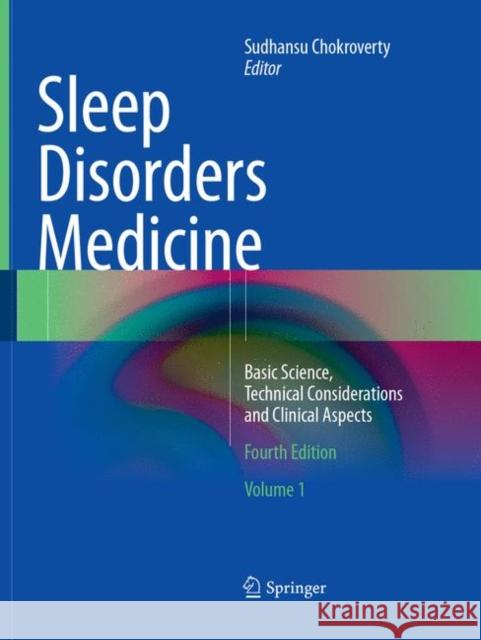Sleep Disorders Medicine: Basic Science, Technical Considerations and Clinical Aspects » książka
topmenu
Sleep Disorders Medicine: Basic Science, Technical Considerations and Clinical Aspects
ISBN-13: 9781493982400 / Angielski / Miękka / 2018 / 1269 str.
Sleep Disorders Medicine: Basic Science, Technical Considerations and Clinical Aspects
ISBN-13: 9781493982400 / Angielski / Miękka / 2018 / 1269 str.
cena 928,04
(netto: 883,85 VAT: 5%)
Najniższa cena z 30 dni: 921,49
(netto: 883,85 VAT: 5%)
Najniższa cena z 30 dni: 921,49
Termin realizacji zamówienia:
ok. 22 dni roboczych
Bez gwarancji dostawy przed świętami
ok. 22 dni roboczych
Bez gwarancji dostawy przed świętami
Darmowa dostawa!
Kategorie BISAC:
Wydawca:
Springer-Verlag New York Inc.
Język:
Angielski
ISBN-13:
9781493982400
Rok wydania:
2018
Wydanie:
Softcover Repri
Ilość stron:
1269
Waga:
2.83 kg
Wymiary:
26.92 x 20.83 x 6.35
Oprawa:
Miękka
Wolumenów:
02











